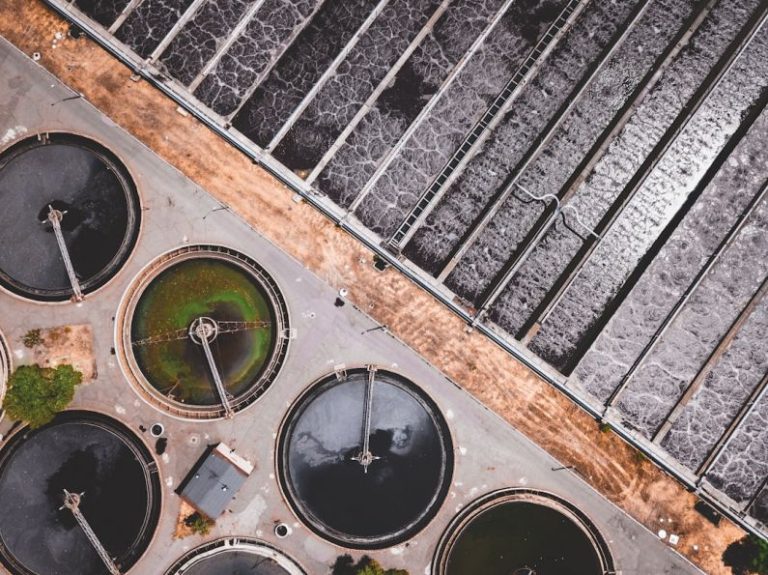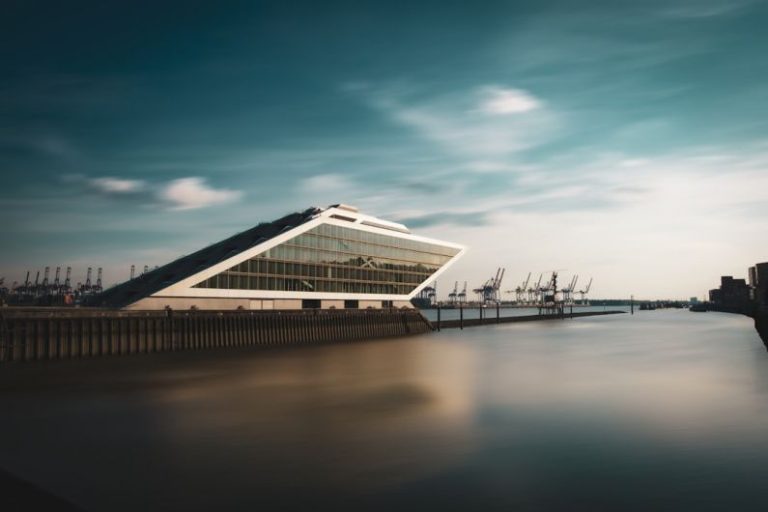The Ultimate Yacht Safety Checklist
Yachting is a luxurious and enjoyable pastime that allows you to explore the open waters in style. Whether you are a seasoned yacht owner or a first-time sailor, ensuring the safety of yourself, your passengers, and your vessel should always be a top priority. To help you navigate the waters with confidence, we have compiled the ultimate yacht safety checklist.
Pre-Departure Preparation
Before embarking on any boating excursion, it is essential to conduct thorough pre-departure preparations to ensure a safe and enjoyable journey. Start by checking the weather forecast to avoid unexpected storms or adverse conditions. Inspect the condition of your yacht, including the hull, engine, and safety equipment, to identify any potential issues that need to be addressed. Make sure all necessary documents, such as licenses, permits, and insurance papers, are up to date and onboard.
Safety Equipment
Having the right safety equipment on board can make all the difference in an emergency situation. Ensure that your yacht is equipped with life jackets for all passengers, a first aid kit, fire extinguishers, flares, and a throwable flotation device. Check that all safety equipment is in good working condition and easily accessible in case of an emergency.
Navigation Tools
Proper navigation is crucial to safely maneuvering your yacht on the water. Make sure you have updated nautical charts or GPS navigation systems to help you plot your course and avoid potential hazards. Familiarize yourself with the local waterways, including any restricted areas or navigational markers, to prevent accidental groundings or collisions.
Communication Devices
In case of an emergency, having reliable communication devices onboard can be a lifesaver. Make sure your yacht is equipped with a marine VHF radio or a satellite phone to call for help if needed. It is also a good idea to have a whistle or air horn for signaling purposes in case of reduced visibility.
Man Overboard Protocols
Accidents can happen at sea, and it is important to have protocols in place to handle a man overboard situation efficiently. Make sure all passengers are aware of the man overboard procedures and designate a spotter to keep an eye on anyone in the water. Practice man overboard drills with your crew to ensure everyone knows their role in a rescue operation.
Anchoring Procedures
Proper anchoring is essential for maintaining the stability of your yacht while moored or during stops. Familiarize yourself with anchoring procedures, including selecting the right anchor for the conditions, determining the correct scope, and setting the anchor securely. Regularly check the anchor and its components for wear and tear to avoid any mishaps while at anchor.
Fuel Management
Running out of fuel in the middle of the water can quickly turn a leisurely cruise into a dangerous situation. Keep track of your fuel levels and plan your route accordingly to ensure you have enough fuel to reach your destination safely. It is also a good idea to carry extra fuel as a precaution, especially for longer journeys.
Weather Monitoring
Weather conditions can change rapidly at sea, so it is essential to stay vigilant and monitor the weather throughout your journey. Keep an eye on the sky for signs of approaching storms or inclement weather and be prepared to alter your plans if necessary. Avoid venturing out in rough seas or high winds to protect yourself and your yacht from potential harm.
Emergency Response Plan
Despite all precautions, emergencies can still occur while at sea. Having an emergency response plan in place can help you stay calm and take decisive action in critical situations. Make sure all passengers are briefed on the emergency procedures, including how to use safety equipment and where to find emergency supplies. Designate specific roles and responsibilities for each crew member to ensure a coordinated response in case of an emergency.
In Conclusion
Prioritizing safety while yachting is essential to protect yourself, your passengers, and your vessel. By following the ultimate yacht safety checklist and being prepared for any situation that may arise, you can enjoy your time on the water with peace of mind. Remember that safety should always come first, and taking proactive measures to ensure a safe boating experience is key to a successful and enjoyable voyage.






